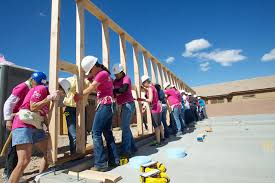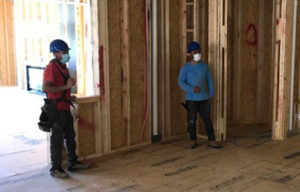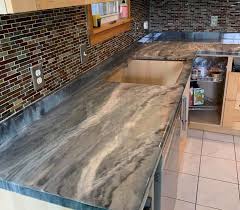 We all know that volunteering is a great idea. It offers you the opportunity to “give back” to the community through helping those who may not always be able to help themselves. What most people do not think about is the safety of it, especially when you are creating things for that other person. We strongly urge you to think about all the safety considerations while volunteering your services.
We all know that volunteering is a great idea. It offers you the opportunity to “give back” to the community through helping those who may not always be able to help themselves. What most people do not think about is the safety of it, especially when you are creating things for that other person. We strongly urge you to think about all the safety considerations while volunteering your services.
Safety Matters for Volunteers
 Ask someone about the benefits of volunteering and chances are good, the list is going to be quite long. You are helping out others. You provide food for homeless. Clothing for families that may have lost everything. You may be building them a home after a fire or circumstances that were unforeseen.
Ask someone about the benefits of volunteering and chances are good, the list is going to be quite long. You are helping out others. You provide food for homeless. Clothing for families that may have lost everything. You may be building them a home after a fire or circumstances that were unforeseen.
We don’t really consider our personal safety when we volunteer. We take chances. We may go to someone’s home that we do not know to bring them something we created and it fail in some way. There are times we may prepare a meal without considering their allergies. It isn’t always going to turn out badly, but it could. When it does, the person may be very forgiving. Understanding that we are there to help them and meant no harm, but not always.
Something bad in this way, could lead to lawsuits and other negative consequences that will bite you for simply trying to help.
Concerns for the One You Help
 You aren’t the only one who is placing your trust in others. Let’s say you volunteer to build cabinets in a home for someone. If you build it so that the top cabinets fall two weeks later, that poses danger for the person who lives in that home. The homeowner has to have trust in you and you have to be able to meet their expectations. A house, must be built with safety features in mind whether you work for Habitat for Humanity or some other charity “home building” volunteer project.
You aren’t the only one who is placing your trust in others. Let’s say you volunteer to build cabinets in a home for someone. If you build it so that the top cabinets fall two weeks later, that poses danger for the person who lives in that home. The homeowner has to have trust in you and you have to be able to meet their expectations. A house, must be built with safety features in mind whether you work for Habitat for Humanity or some other charity “home building” volunteer project.
You may have the simplest job of all, putting in counter tops that are affordable, yet nice. This is something that can be done with wood or tile or any other surface material. Would you cover it with stain, leave it bare, or apply a coat of food safe epoxy?
In our experience, the epoxy is the best choice since it applies a glass like coating that is virtually impenetrable. You need to make sure it is food safe though so that the person isn’t eating chemicals if they put salad makings on their counters.
If you are preparing foods, you know that nuts are often concerning for a lot of people. Avoid nuts and keep your seasoning to as little as possible. They can always add more if it is needed.
Volunteering Safety Makes a Difference
It may seem as though we are paranoid, but it helps to play it safe. Bad things happen sometimes. We get in a rush or we fail to see that there could be a potential for problems. NO one thinks, “If I volunteer someone could end up hurt.” We simply want you to make sure that you have all your bases covered. Then, we urge you to volunteer all you can-safely.